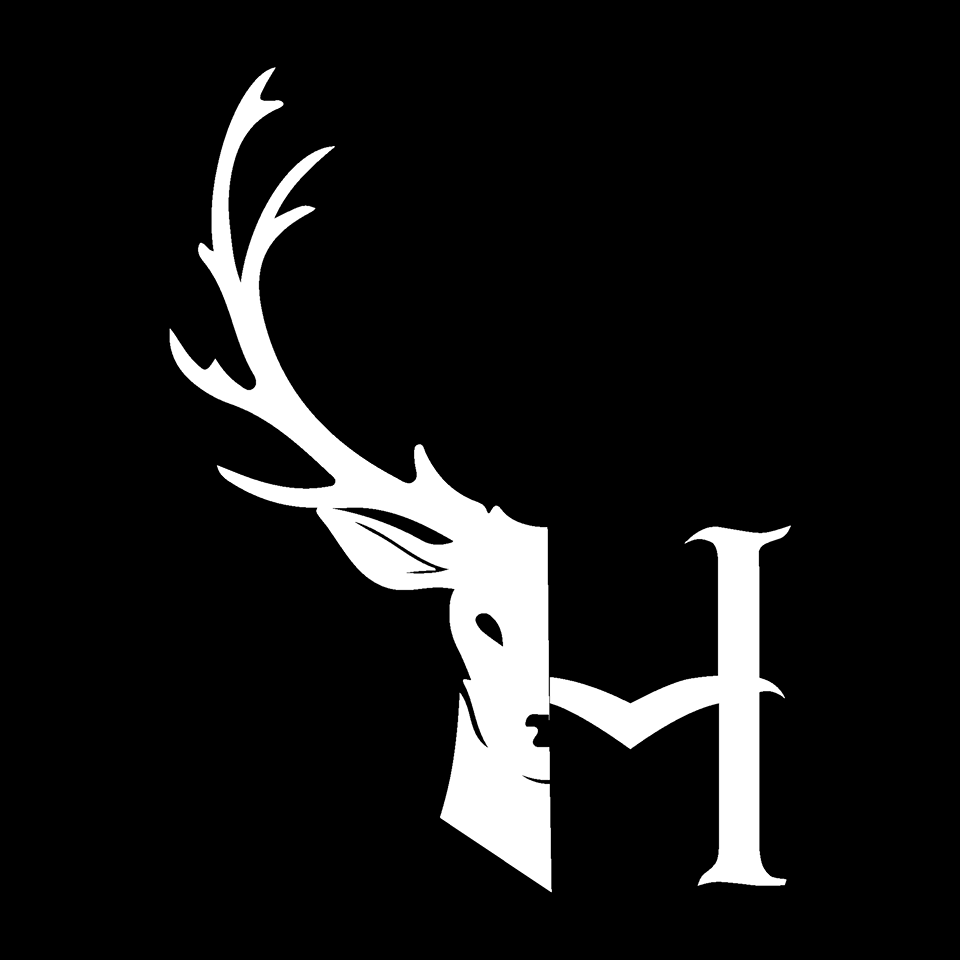CWD Confirmed In Ohio
It is unseasonably cold this fateful December morning. A few hours before sunrise, much of the world and the woods are sleeping. Severely underweight, stumbling through the woods, the six pointer has a hard time navigating down the ravine and up the ditch onto the road. As the bright lights approach, the disease ravaging it’s body causes the neurons in his brain to malfunction and he stands there motionless.
In the last second the young buck steps back to the edge of the road and it’s hind legs are clipped by the bumper of the speeding pick-up. It wobbles unsteadily into the grassy patch on the side of the road and suddenly falls on it’s side. Heavy labored breath escapes it’s nostrils with puffs of white vapor filling the air. Within the hour the young stag exhales his last breath.
Later that morning the homeowner awakes to see the buck’s carcass with mangled legs on their front lawn. Already the vultures are paying their respects high in the canopy above. After calling the city, the homeowner soon learns that since the deer is on their property, and not the easement, the homeowner is responsible for the removal and disposal of the body. As she dons a coat and clutches her coffee, she walks over to the motionless mass. She hovers above, noticing the strange size of the animal. It’s legs seem ill equipped to carry its load, the definition of the ribs of the beast are visible through the frost covered fur. Something does not seem “right”.
This scene will likely start playing itself out more in the next 12 months throughout Ohio. As of December 10th, 2020, the Ohio Department of Natural Resources (ODNR) has confirmed the first Ohio case of Chronic Wasting Disease (CWD) in wild deer herds.
The ODNR has been monitoring CWD in Ohio wild herds since 2002, having performed over 25,000 tests since that time. This first CWD confirmed deer comes amid deer hunting season from a white tail harvested in Wyandot County northwest of Columbus.
CWD is a fatal neurological disease that affects white-tailed deer and other similar species such as mule deer, elk and moose. Its symptoms include drastic weight loss (wasting), stumbling, listlessness and other neurologic symptoms. The disease is fatal, and there is no known treatment or vaccine, according to the Centers for Disease Control.
The CDC says of the disease’s transmission:
“Once introduced into an area or farm, the CWD protein is contagious within deer and elk populations and can spread quickly. Experts believe CWD prions can remain in the environment for a long time, so other animals can contract CWD from the environment even after an infected deer or elk has died.”
ODNR’s Division of Wildlife will now implement a response plan including mandatory disease sampling and enhanced surveillance within a 10-mile radius of the positive case.
So what does this all mean for Huntsman Wildlife clients?
From this point forward, all carcass removal calls will have strict protocols and procedures in place for the removal and disposal of potential CWD affected animals.
Though we already use special personal protective equipment such as gloves, and eye protection, we will move to a complete face shield, and be wearing disposable coveralls during animal removals.
We will continue to “piece the animal on site” for easy transport and bagging, but will be paying special attention to any and all cuts made around organ tissues, paying special attention around the brain and spinal columns.
Carcasses will no longer be donated to rescues and rehab centers specializing in predator species or for coyote hunters for bait purposes. We will be reaching out to local waste collection facilities with incinerators and crematories to establish a cooperative relationship in hopes of using them for carcass disposal in order to keep the disease from spreading.
Any animal suspected of CWD will be submitted for testing in order to help the ODNR track the spread and prevalence of the disease in local herds.
All death sites will be sanitized up to and including the removal of any affected soils or substrates.
All of this of course comes at an additional cost, and we will do our best to ensure the price we charge is fair and equitable to our clients.
Huntsman Wildlife takes pride in our dedication to not just protecting the homes and properties of our client’s, but also protecting the habitats and healthy populations of our local wildlife.
Till Next Time… See Ya Folks.
